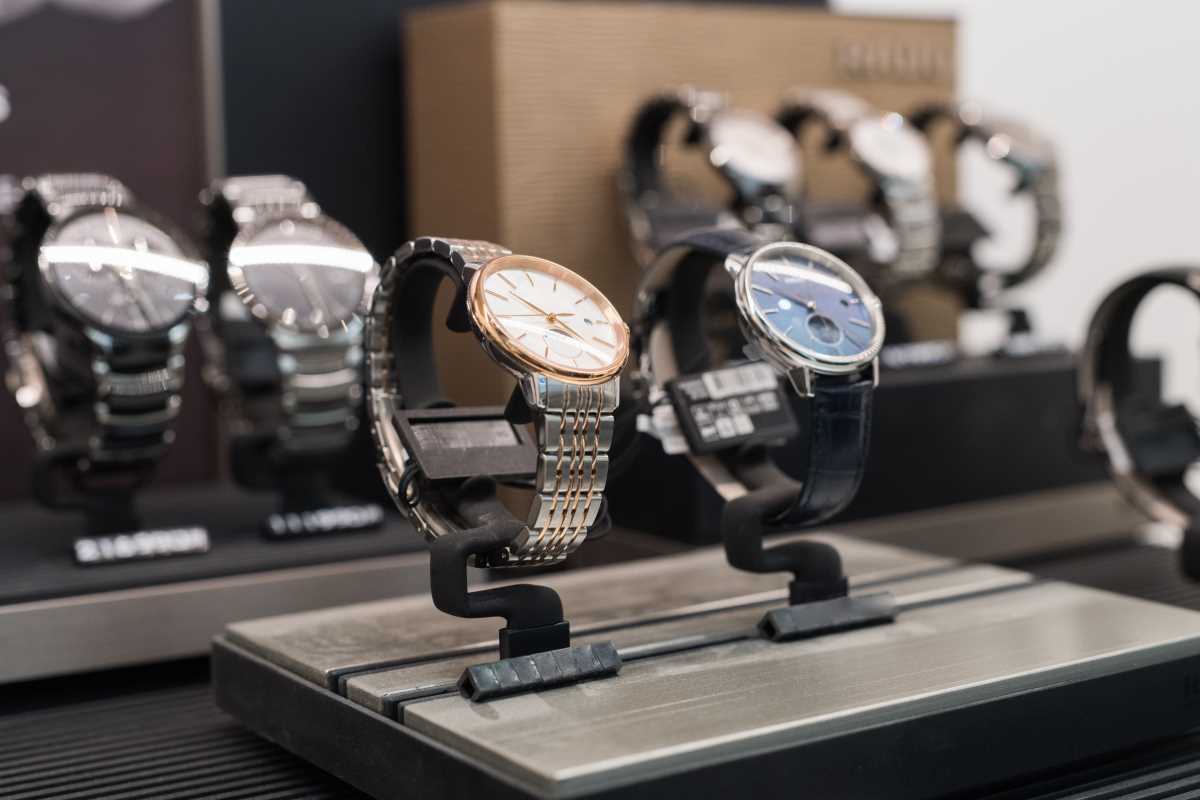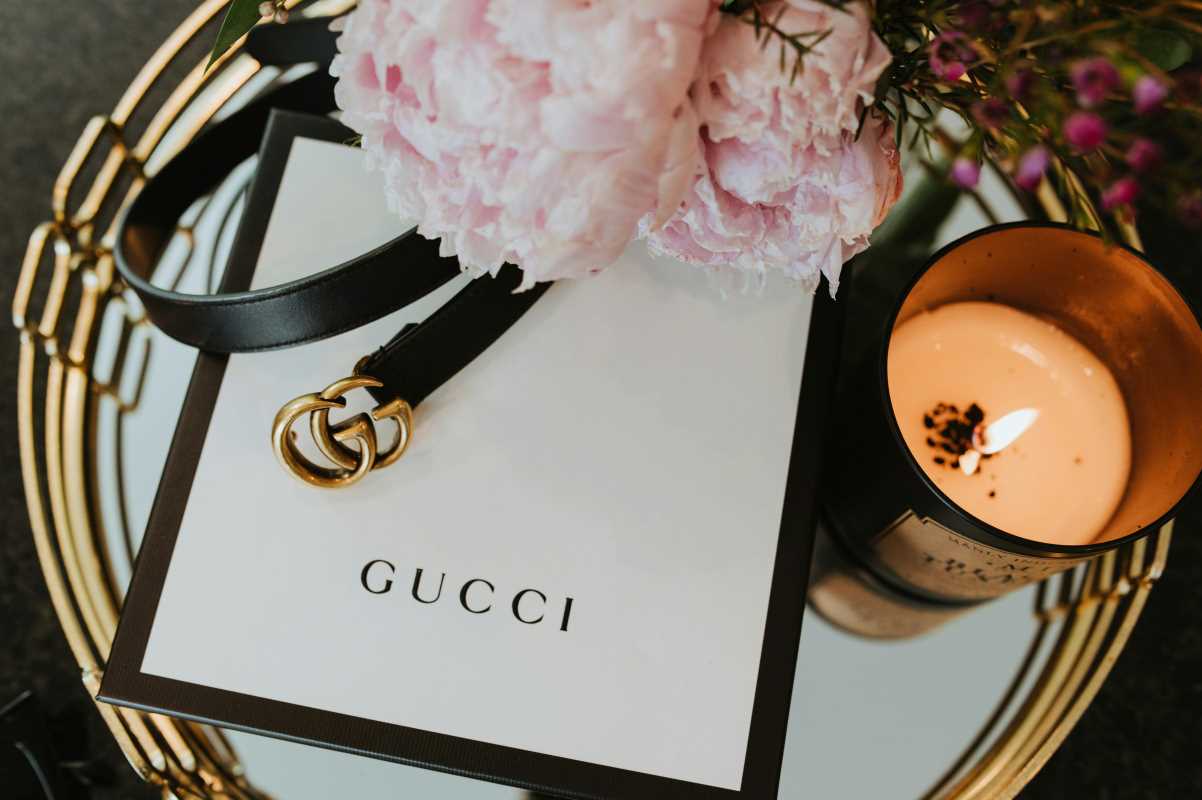The right suit can boost your confidence, express your personal style, and leave a lasting impression. But here’s the challenge: not all suits are created equal, and what fits one guy perfectly might not work for you. Off-the-rack suits from department stores are built for average sizes, which means they often don’t fit as well as they should. That’s where custom-made suits come in. Tailored specifically to your measurements and preferences, they offer a level of comfort and individuality that off-the-rack options can’t match. If you’re thinking of investing in a custom-made suit, this guide will walk you through the basics from understanding the benefits to picking the perfect fit and working with a tailor.
Why Choose a Custom-Made Suit?
Custom-made suits have a clear edge over most store-bought options. Here are some of the general, well-known reasons for their appeal:
Fit for Your Frame
Custom-made suits are crafted based on your unique measurements. This means no saggy pants, no tight shoulders, and no guessing sizes. Everything from the jacket’s shoulder width to the pant length is designed to complement your body shape. A good fit doesn’t just look great; it’s also more comfortable to wear.
Express Yourself
When you go custom, you have the freedom to personalize your suit. Want a bold lining that adds some flair? Prefer a sleek, minimalist look with neutral tones? Your choices define the suit, making it a true reflection of your personality.
Comfort Meets Style
Off-the-rack suits are made with standard sizes in mind, but people’s bodies come in all shapes. Custom suits take these differences into account, so the finished product looks polished and feels like an extension of you.
Long-Term Investment
A custom suit is built to last. While it’s often more expensive upfront, it’s crafted with attention to detail, ensuring greater durability than mass-produced suits. With proper care, it can stay in your rotation for years.
Choosing the Right Fabric for Your Suit
Fabric is the foundation of your suit, and your choice will affect how it looks, feels, and functions.
Wool
Wool is a solid, dependable choice for suits. It’s versatile, breathable, and works in most climates. This fabric can range from lightweight varieties for warmer months to heavier ones for chilly seasons.
Cotton
Cotton suits are less formal but offer excellent breathability. They’re a popular choice for spring or summer because they’re cool and lightweight, but they don’t have the same polished look or wrinkle resistance as wool.
Linen
Linen is an airy, laid-back fabric that’s perfect for warm weather. While it looks sharp, it wrinkles easily, which gives it a more casual feel. Linen may be just the thing if you’re going for a relaxed summer vibe.
Blends
Blended fabrics combine the best properties of different materials, such as wool-polyester blends. They can be durable and affordable, though they may not have the same luxurious feel as pure fabrics.
Getting the Perfect Fit and Style
The way a suit fits can make or break your look. A perfect fit makes sure the suit complements your build and works for the occasions you’ll wear it.
Fit Types
- Slim Fit: This snug and modern style is popular for a clean, streamlined look. Keep in mind, it may feel tight if you prefer movement or extra space.
- Regular Fit: A more classic option, regular fit allows for some room and works for men of most shapes and sizes.
- Relaxed Fit: These suits are built for comfort, offering extra space without looking untidy. They’re a good option if you’re going for a traditional or laid-back look.
Style Choices
- Single-Breasted: A simple, versatile design involving one row of buttons. It’s the most common and adaptable style for suits.
- Double-Breasted: With two rows of buttons, this style feels bold and formal, making it ideal for adding a touch of sophistication.
- Tuxedos: These are reserved for formal black-tie occasions and are a step above standard suits in elegance.
Details That Make a Difference
- Lapels: Notch lapels are timeless, peak lapels are dramatic, and shawl lapels bring elegance. Each has its own charm.
- Buttons: One, two, or three buttons? This is largely a matter of preference, though two-button jackets are a safe, classic choice.
- Vents: Side vents provide better movement, while a single vent at the back is normal in many suits.
Make sure to try on your suit during fittings to assess its comfort, how it drapes, and how it works with your body.
Tips for Working with a Tailor
If you’ve decided to go custom, the relationship with your tailor is key. Here’s how to make the process smooth and enjoyable:
Know What You Want
Before visiting a tailor, do some groundwork. Browse magazines or fashion sites for inspiration and bring along photos of styles you like. Clear communication about your ideas is the first step to getting your dream suit.
Be Open-Minded
While it’s great to have a vision, don’t be afraid to trust your tailor’s advice. They’ll consider things like your body type, proportions, and the occasions you’ll wear the suit for to help refine your choices.
Take Time for Fittings
Custom suits require time for adjustments, so expect a few fittings. Use these occasions to make sure everything fits just right, from the shoulders down to the hem.
Ask Questions
If you’re unsure about anything, whether it’s fabric choices or stitching, don’t hesitate to ask. A tailor’s expertise can be a valuable resource.
 (Image via
(Image via





